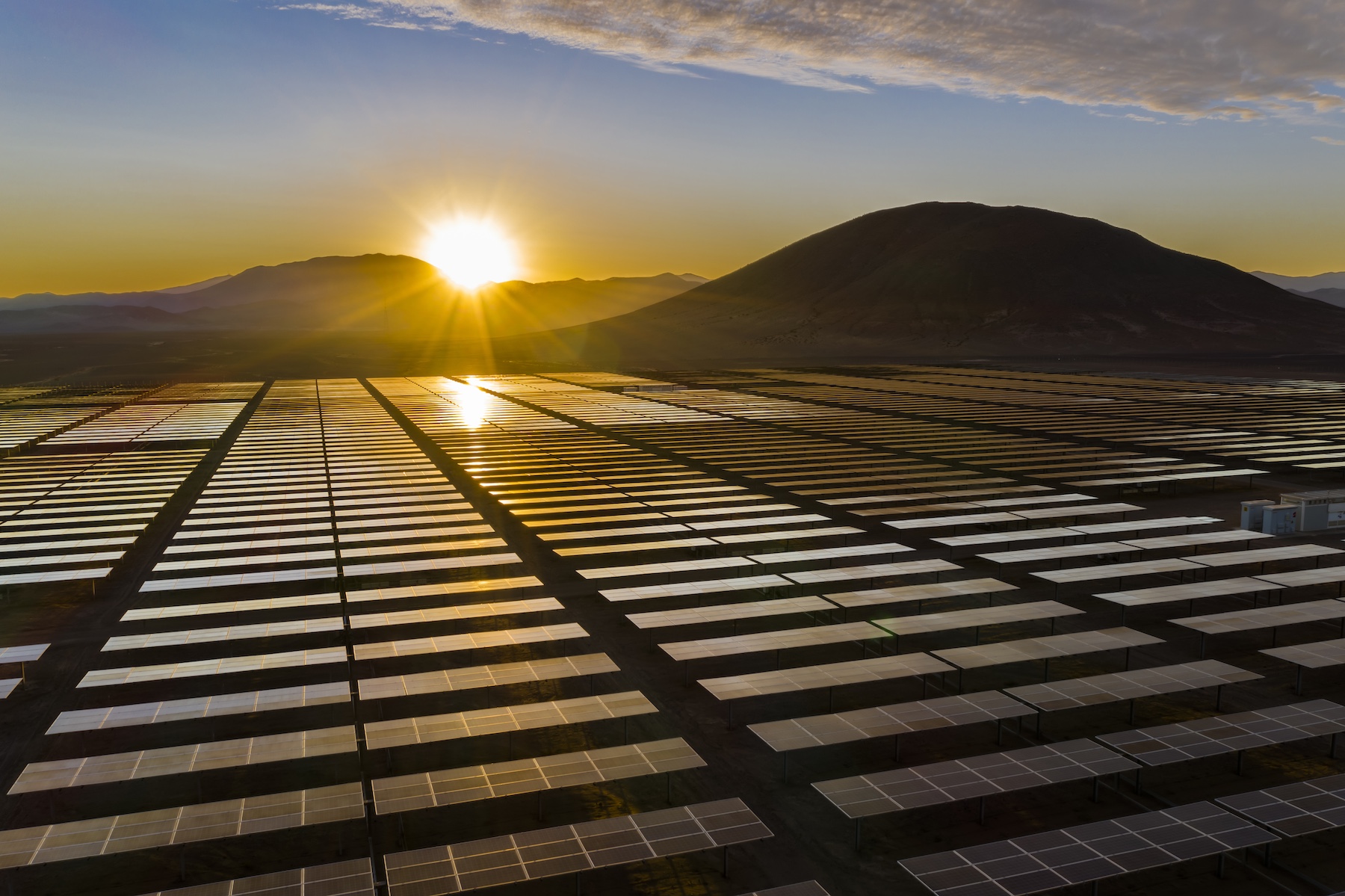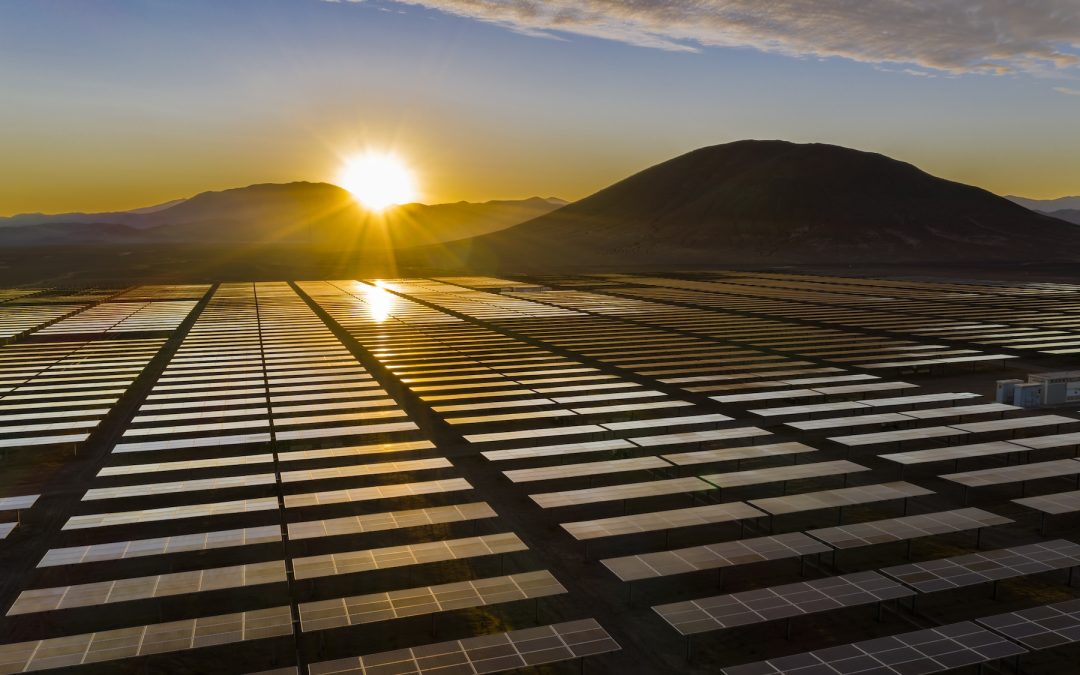
Solar will account for nearly 60% of all new US generating capacity in 2024
The Department of Energy predicts that solar power will account for nearly 60% of all new utility-scale electricity-generating capacity installed in the US in 2024.
Large-scale solar power is seen as a crucial tool in reducing greenhouse gas emissions and combating climate change. However, the ideal locations for solar development often overlap with croplands and grasslands used for agriculture and livestock grazing. According to a recent article in The Conversation, this can lead to environmental concerns, such as erosion, runoff, and disruption of native plant and animal habitats.
A delicate balance
Agrivoltaics, a growing alternative to traditional solar power generation, combines agriculture and solar power on the same piece of land. This approach is popular on lands managed for livestock grazing and pollinator habitat, as they do not require irrigation or large machinery.
However, the presence of solar panels affects water distribution, with most rainfall concentrated at the panels’ edges, while restricting rainfall in other areas. The shade created by solar panels also impacts plant growth, as less light reaches the plants beneath.
Despite these challenges, the distinct micro-environments created by solar arrays can support a variety of plant communities that benefit from different conditions. This concept aligns with the principles of restoration ecology, which emphasizes the importance of diverse environments in supporting a wide range of plants and animals.
Implementing an ecovotaic approach
An ecovoltaic approach to solar development calls for equal consideration of energy production and ecosystem services. By designing solar arrays that enhance natural processes and improve degraded lands, land managers can achieve synergies between ecosystems and solar energy. For example, the redistribution of rainfall at the edges of solar panels can aid in seedling establishment, while arrays in arid regions can be designed to reduce water loss through evaporation.
To implement an ecovoltaic approach, solar development decisions need to be rethought, considering factors such as access to electricity transmission lines and the ecological effects of specific solar arrays. New transmission projects that provide more options for site selection can help shift away from sensitive natural ecosystems and toward abandoned or degraded lands.
The full article makes a compelling case that adopting an ecovoltaic approach to solar power can lead to positive ecological outcomes and enhance the sustainability of solar energy. By integrating ecological thinking into solar development, we can contribute to a cleaner energy transition while minimizing environmental impacts.
Conax Technologies has developed high-quality standard and customized solutions for a variety of applications in the photovoltaic industry. Click here to learn more.

